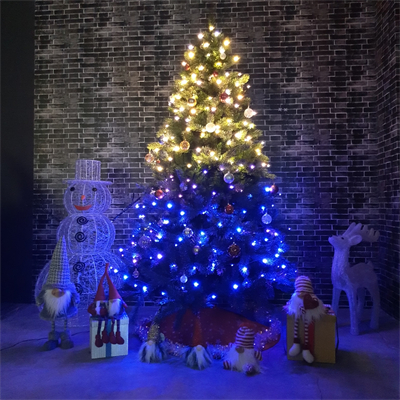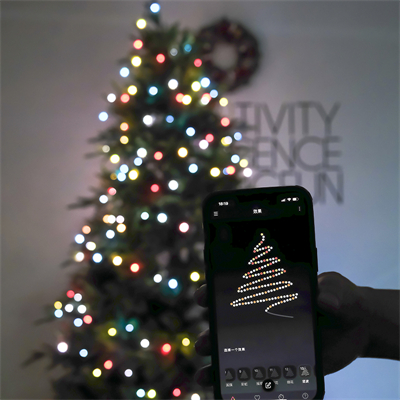The science behind LED (Light Emitting Diode) fairy lights is fascinating and is based on the principles of semiconductor physics and electroluminescence. Here’s a simplified explanation of how LED fairy lights work:
- Semiconductor Material: LEDs are made from semiconductor materials, typically gallium arsenide, gallium phosphide, or gallium nitride. These materials have properties that allow them to emit light when electric current passes through them.
- Electron-Hole Pairs: In the semiconductor material, there are two types of charge carriers: electrons (negatively charged) and holes (positively charged). When a voltage is applied to the LED, it causes electrons to move from the negative (cathode) to the positive (anode) side of the LED, while holes move in the opposite direction.
- Energy Levels: The electrons in the semiconductor have different energy levels. When they move from a higher energy level to a lower one, they release energy in the form of photons (light particles). The energy difference between these levels determines the color of the emitted light. Different semiconductor materials produce different colors of light.
- Phosphor Coating (for White Light): In the case of white LED fairy lights, a phosphor coating is often applied to the LED chip. The blue light emitted by the semiconductor excites the phosphor, which then emits white light. This combination of blue and yellow light creates the appearance of white light.
- Energy Efficiency: LEDs are highly energy-efficient compared to traditional incandescent bulbs. They convert most of the electrical energy into light, while incandescent bulbs produce a significant amount of heat. This efficiency results in lower energy consumption and longer lifespan for LED fairy lights.
- Color Control: LED fairy lights can produce a wide range of colors by using different semiconductor materials and controlling the current passing through them. By varying the current, you can adjust the brightness of the LEDs.
- Longevity: LEDs have a much longer lifespan than incandescent bulbs because they do not have filaments that can burn out. They can last tens of thousands of hours, making them ideal for decorative lighting that you intend to use for multiple holiday seasons.
- Low Heat Emission: Unlike incandescent bulbs, LEDs emit very little heat. This makes them safer to use and reduces the risk of fire hazards, especially when decorating with materials like paper or fabric.
- Instant Illumination: LEDs light up almost instantly when power is applied, whereas some other types of bulbs may require a warm-up time.
- Environmental Benefits: LED fairy lights are environmentally friendly due to their lower energy consumption and longer lifespan. They also contain no hazardous materials like mercury, which is found in some other types of bulbs.
In summary, LED fairy lights are a result of the efficient conversion of electrical energy into light through semiconductor materials. Their energy efficiency, versatility in producing various colors, long lifespan, and low heat emission make them a popular choice for holiday decorating and everyday lighting.
























